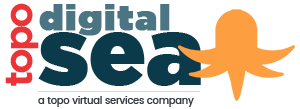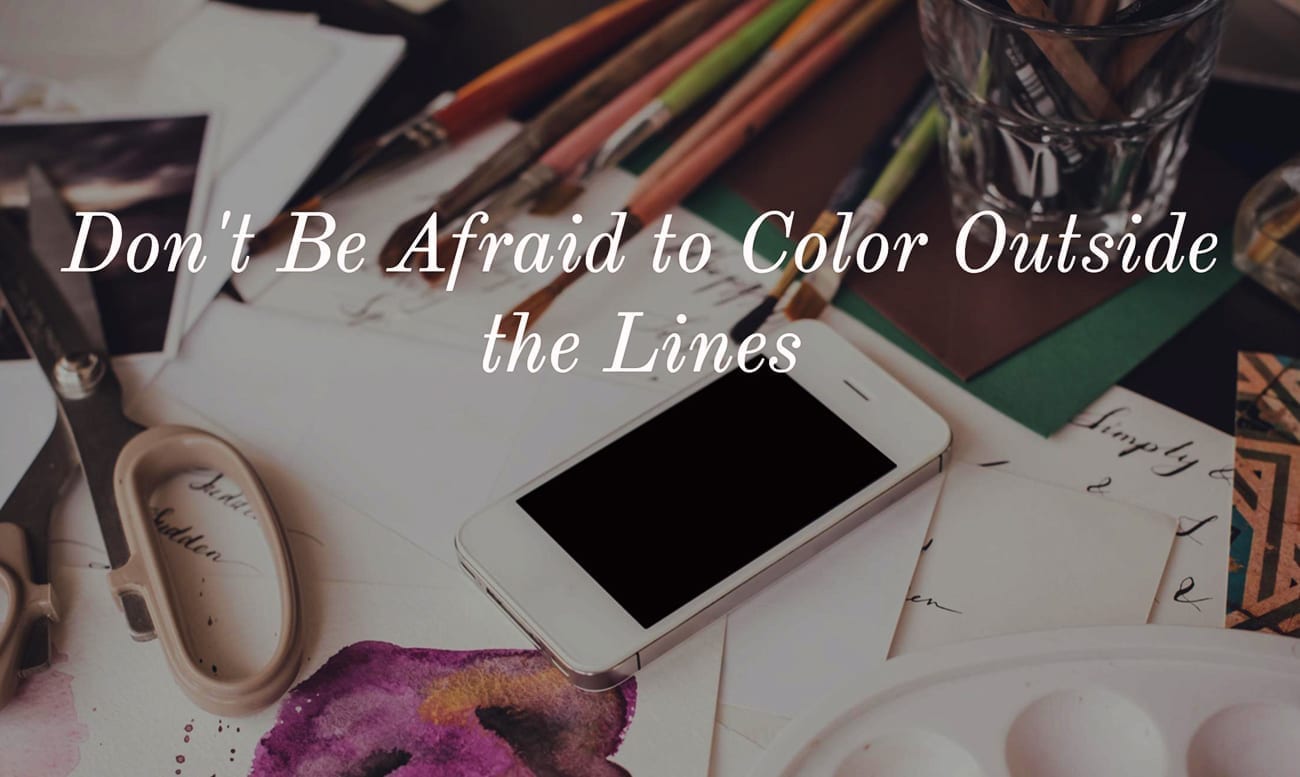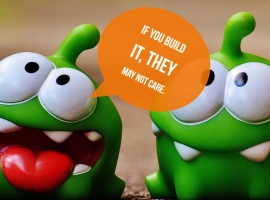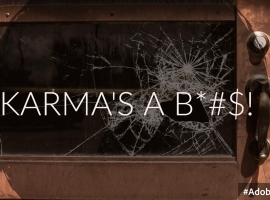Creativity is the cornerstone of imagination and progress. Is your business – are you – moving forward?
Imagine, for a moment, you’re at a company-wide offsite. You’ve been placed at a table with several acquaintances (perhaps even strangers). You all work in different departments.
Now imagine your offsite facilitator introduces a breakout session with your table. You all have to discuss the challenges you feel are unique to your department and the ways your peers from other departments can alleviate those challenges.
We now invite you exercise your creativity and choose your own offsite adventure:
Adventure 1: You get to have a discussion then have one group member report a summary of the discussion to the entire company.
Of course, this means that That One Person (you know the one) dominated the entire conversation, providing little room for input from everyone else. And then there were those few people who, instead of participating in the discussion, posted pictures of their cat on Instagram. Or texted their friend about the mediocre croissant they’re eating from the breakfast spread.Your 10 minutes are up. The “scribe” for the group stands up and reads from the notes: “Our group talked about how there are no direct channels of communication between our respective departments…”
Somewhere between the thirty-second and one-minute mark, your mind starts to wander. “I wonder what they’re serving for lunch? It’s going to be sandwiches and pasta salad, isn’t it? It’s always sandwiches and pasta salad. I hope they give us cookies. And I hope they aren’t oatmeal raisin. Oatmeal raisin is the worst…”
Then the presentation is over and the next group goes. Everyone talks a little too much, and you find yourself really needing to use the restroom due to all that coffee you drank this morning. So when lunchtime comes, you forgo the line and head straight to the bathroom. When you return, you’re relegated to the back of the line. By the time you reach the spread, the only cookies remaining are oatmeal raisin.
Adventure 2: Your facilitator passes out a box of Legos to each table and asks you to build problem spaces and solution spaces with the various blocks and Lego people.
Everyone at your table hesitates momentarily (because who brings Legos to a corporate offsite?)… Until Mediocre Croissant Woman grabs a plastic person in her likeness. “Well, THIS Lego is clearly frustrated that THOSE Legos from the tech department over there are making us switch to another time tracking system we’ve yet to receive proper training on.”
Everyone in the group chuckles. People continue to hash out their problems using the Legos, and eventually the group constructs a plastic, siloed office environment, where different departments are physically closed off from each other. They also construct a “solution” space—a more open environment where Legos from different departments are engaged in conversation, and where fewer plastic walls exist.
Even That One Person is pretty transfixed on his building, so he doesn’t even hog the conversation. The ten minutes are up. Now, you get to see and hear about everyone’s creations and share your own.
Before you go to the restroom at the start of lunch (because you still drank all that coffee), you jokingly mention to one of your group members you hope you don’t get stuck with an oatmeal raisin cookie, because they’re the worst. You return to the line and notice he saved you a chocolate chip cookie.
Which scenario sounds more appealing? We’re going to go with Adventure 2, and we’re betting that you are, too.
Certainly, a large part of the appeal of the second scenario is that it incorporates the element of play. But equally important to Adventure 2 is the element of creation—or creativity.
In the first facilitation exercise, the group holds a discussion with one person taking notes. The output of the exercise is a verbal statement. This is probably very similar to most of the meetings you attend at your place of work, too. Most business meetings are highly verbal and the end products are typically verbal, too—meeting minutes, strategic plans, memos, etc.
The second exercise is centered around the creation of a tangible thing. As such, it engages more of our senses (keeping us more engaged overall). Consequently, people work through the problem not only by discussing it, but also by physically building it—enabling them to physically see it.
This is one of the greatest benefits of creativity – at work or play!
Businesses are increasingly bringing artists into their meetings or onto their payrolls. We think these two scenarios exemplify why. Artists are driven by their creative minds and are more likely to think outside of the traditional corporate box when it comes to developing solutions or explaining concepts.
Why simply talk about a problem (in the company offsite example) when we can visualize it, too? Wouldn’t we have a much easier time understanding how different departments fit within the larger picture of the organization if we could actually see that picture?
If all of this sounds unaccessible to you, remember that anyone can be an artist.
Being creative in your workplace doesn’t have to mean you’re building a diorama or designing a brochure. It could be as simple as sketching a (relevant) picture in a meeting, leading a whiteboarding brainstorm session, or making a PowerPoint presentation more visually appealing and less textually dense.
These little things will not only help you think about a problem or solution differently; they will also help your colleagues think – and see – it differently.
What ways can you flex your creative muscles at work? Share in the comments section below!








There are no comments